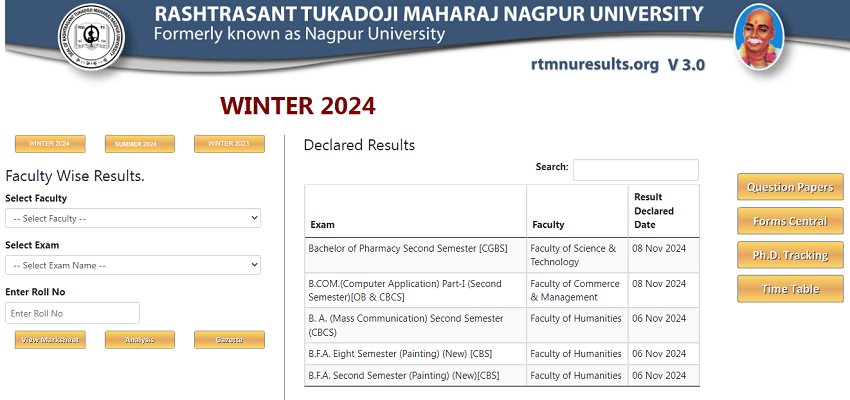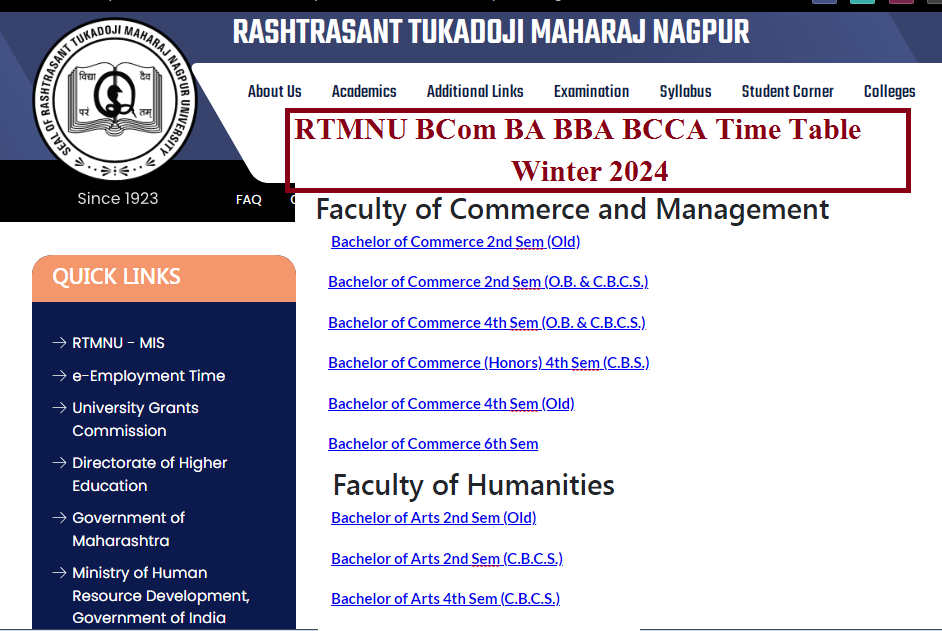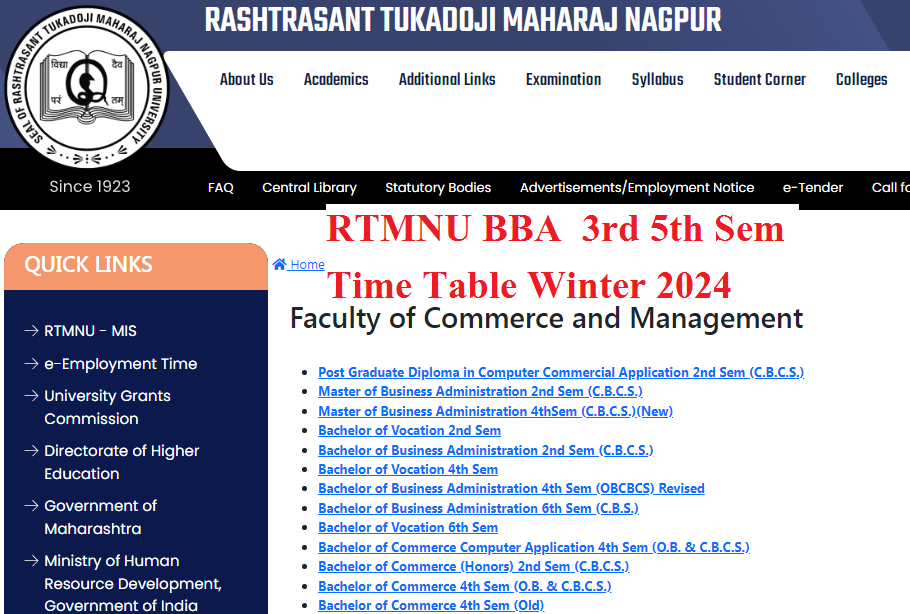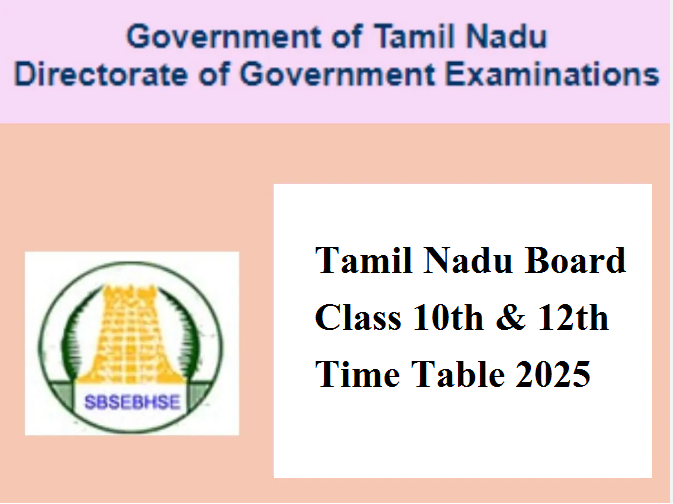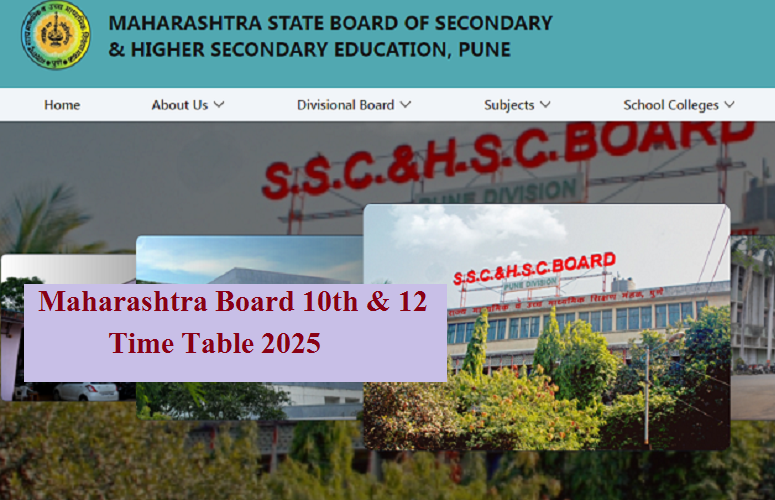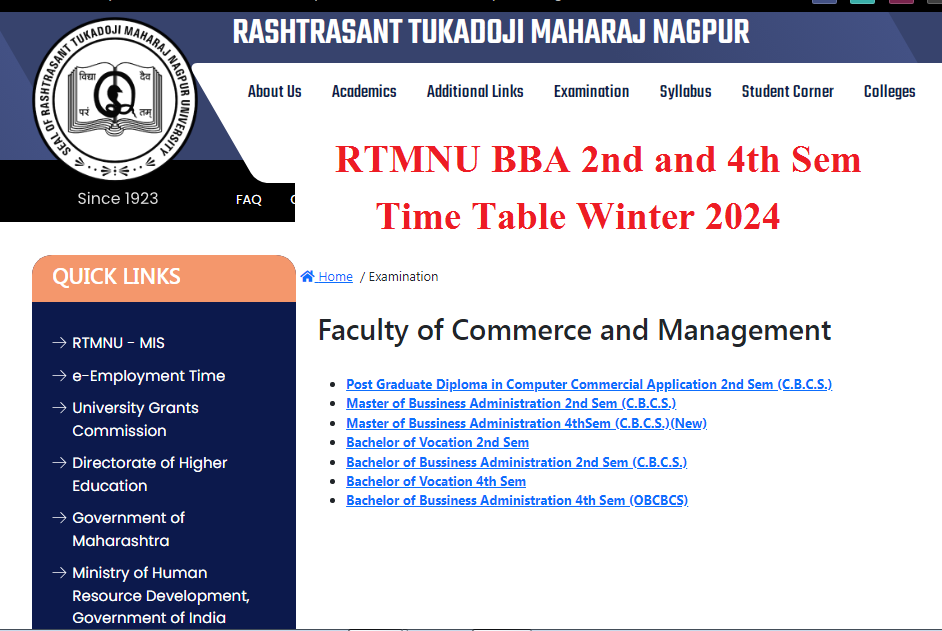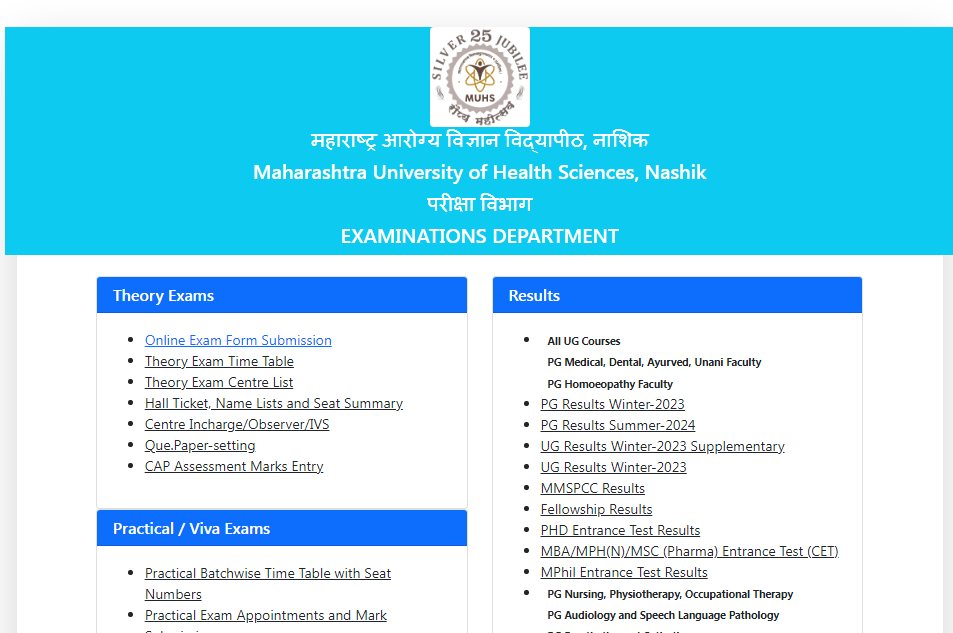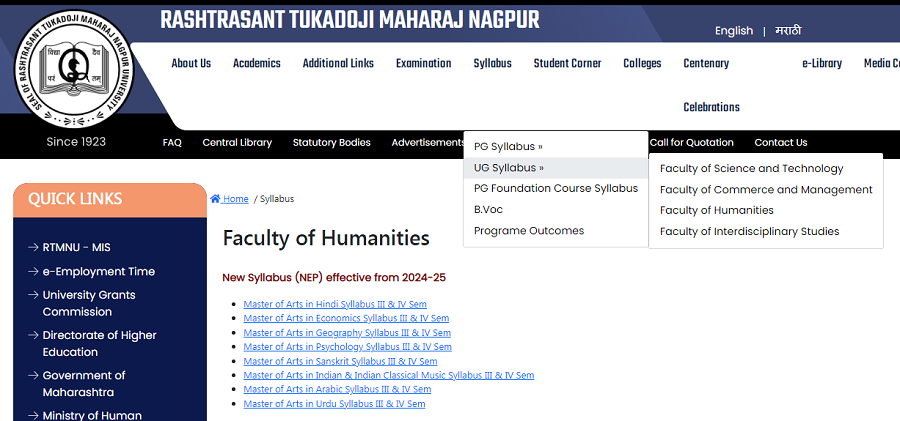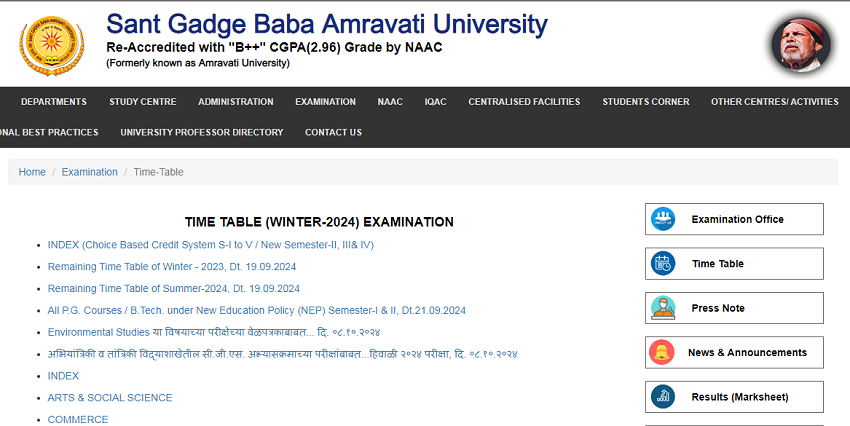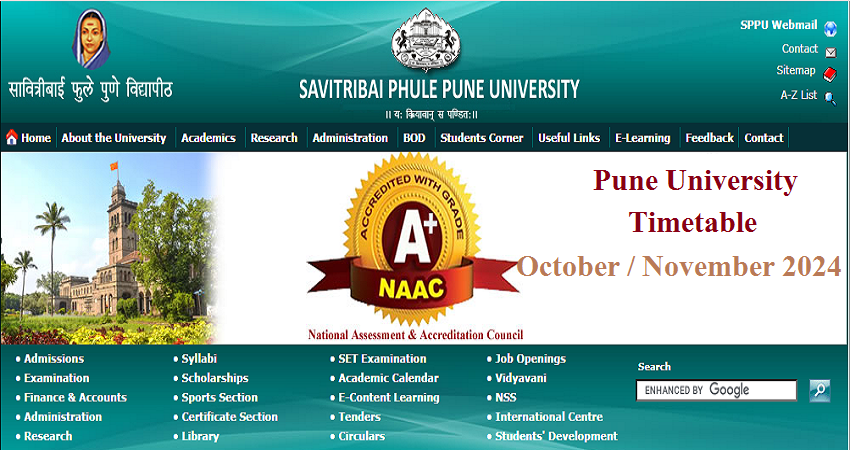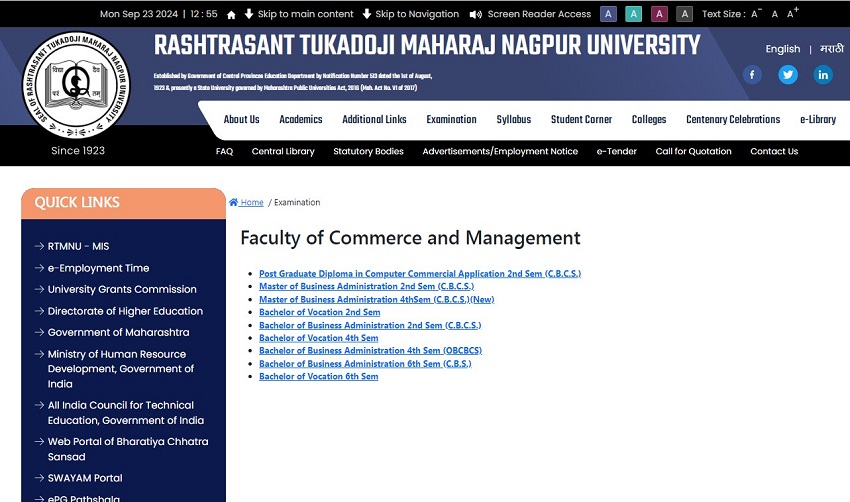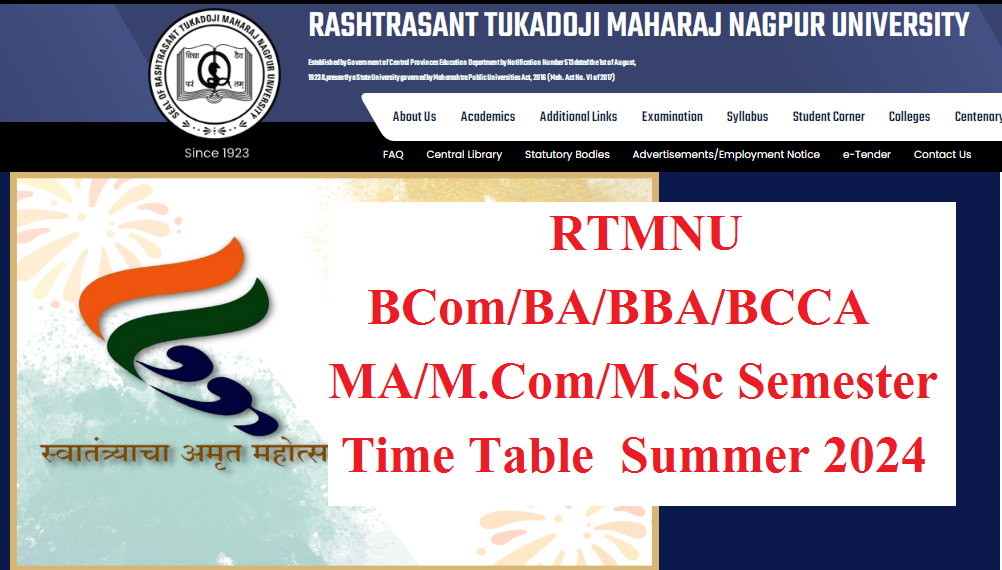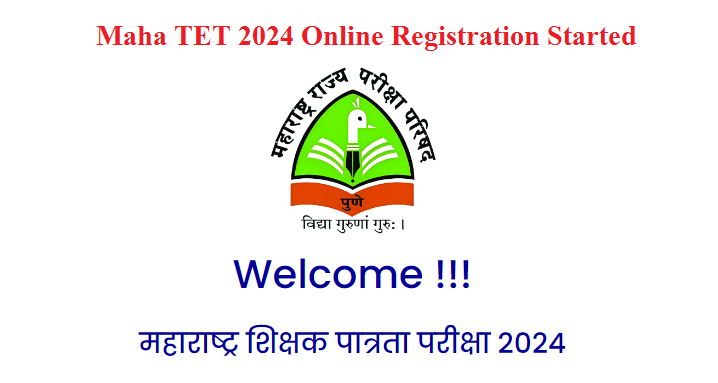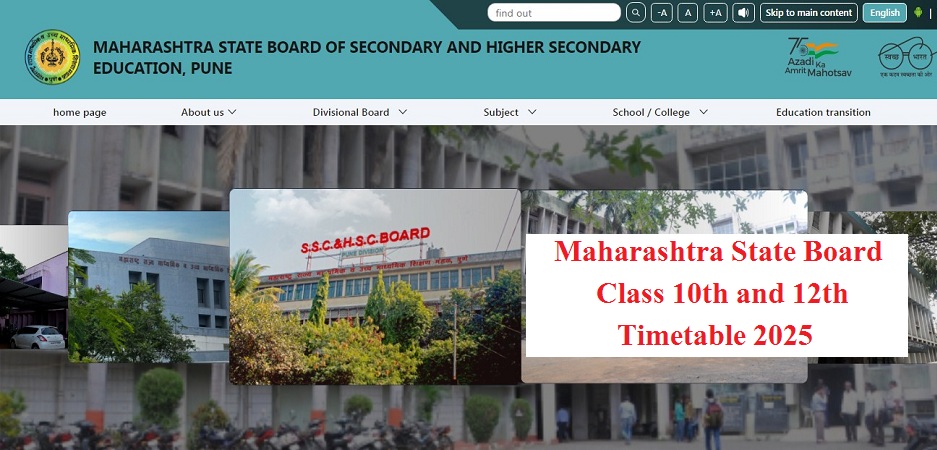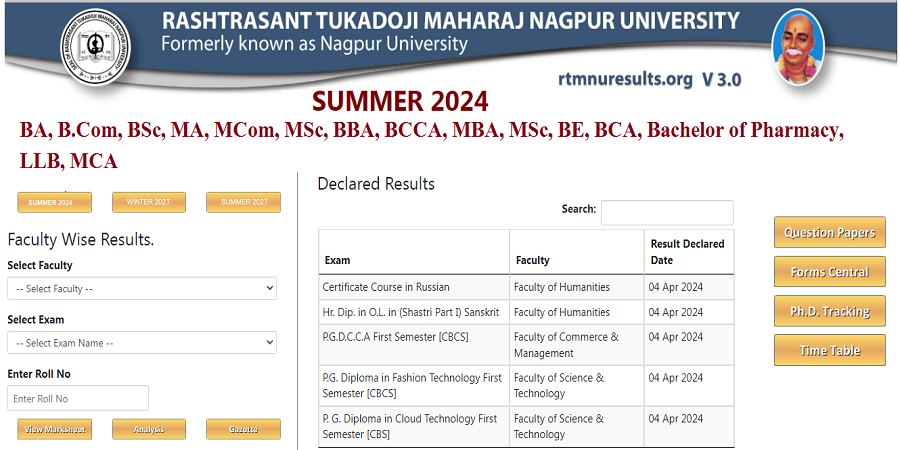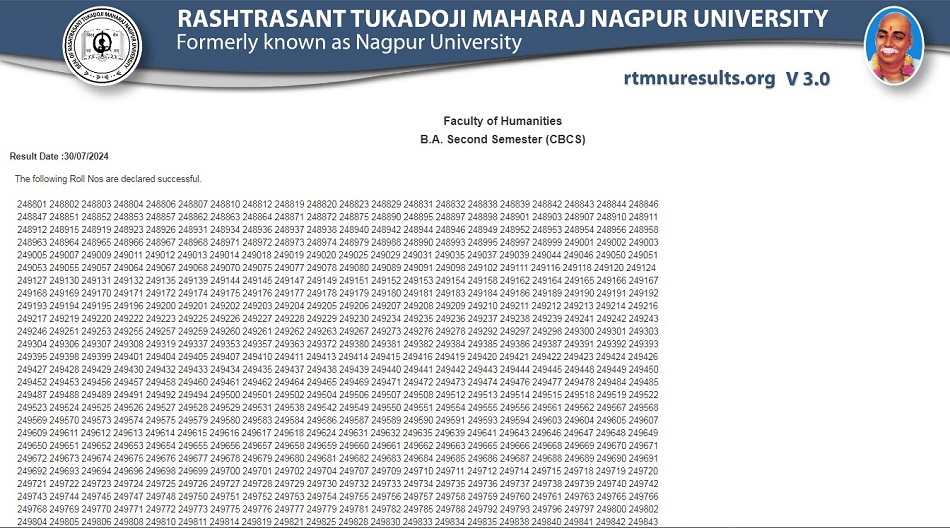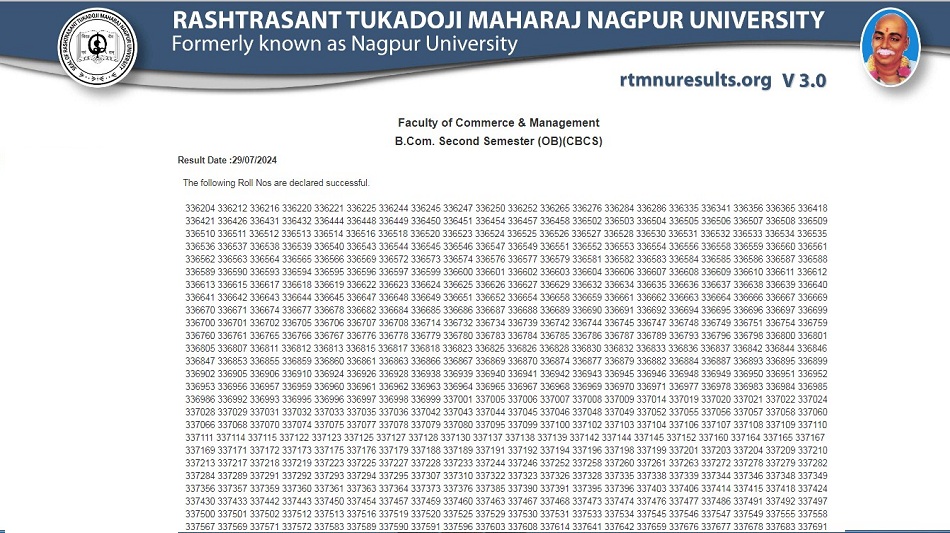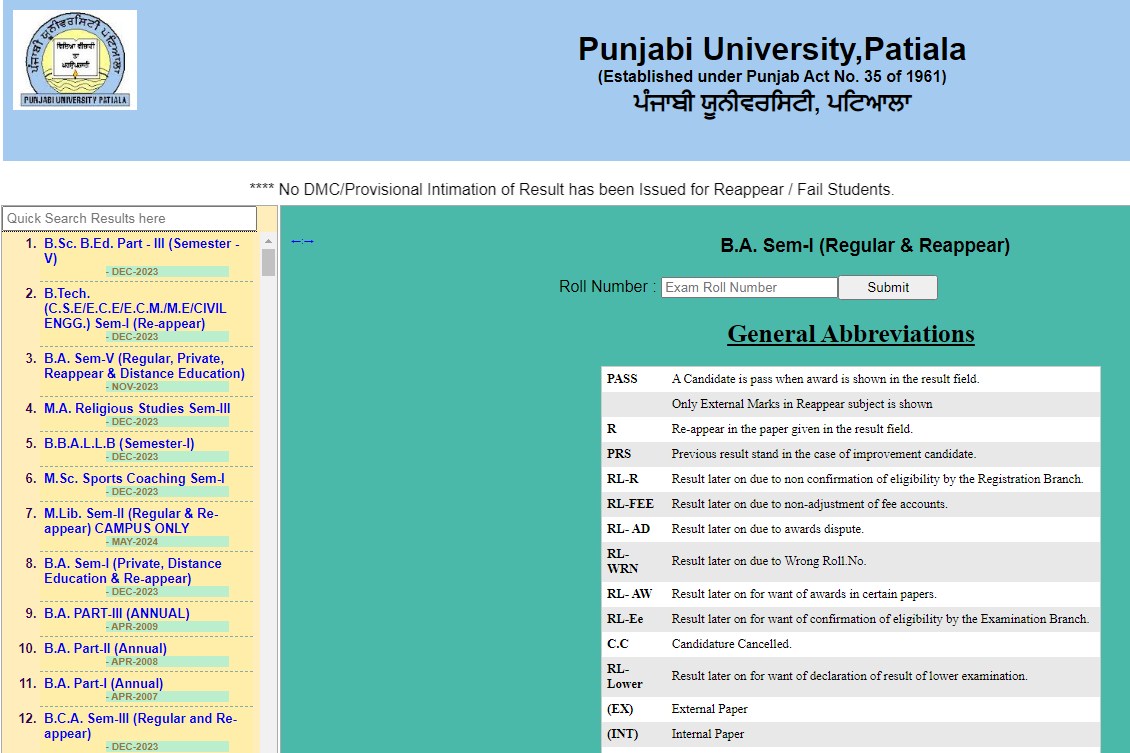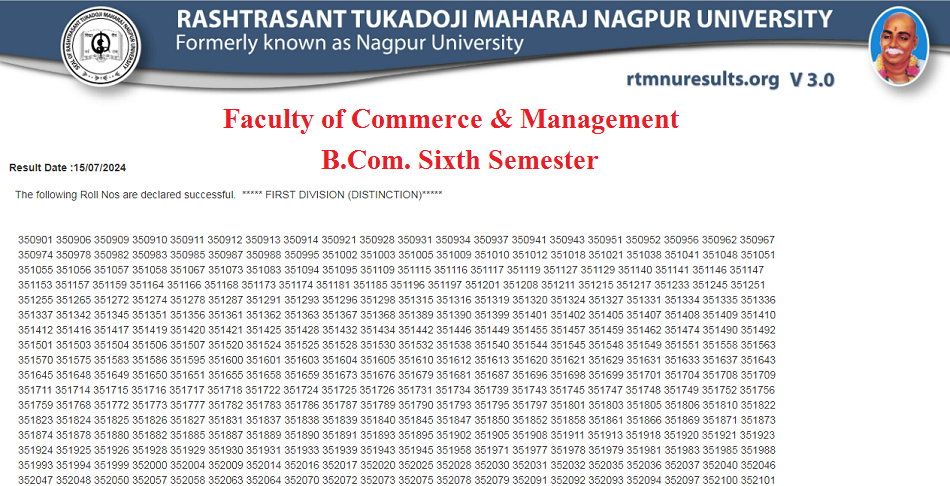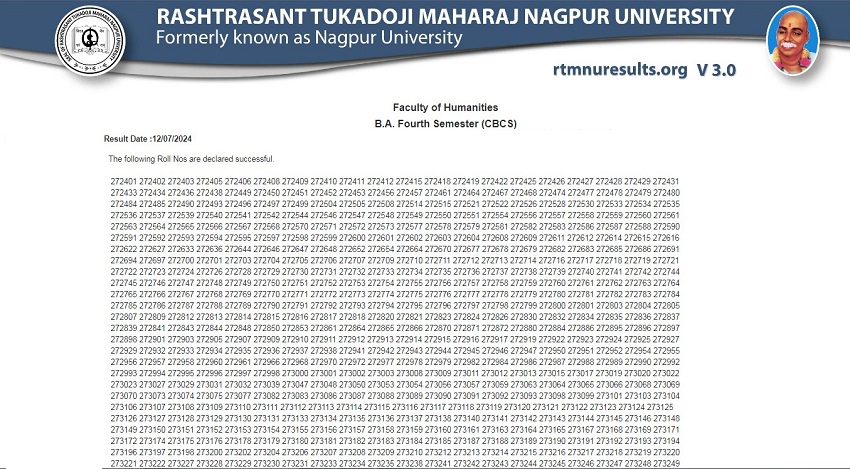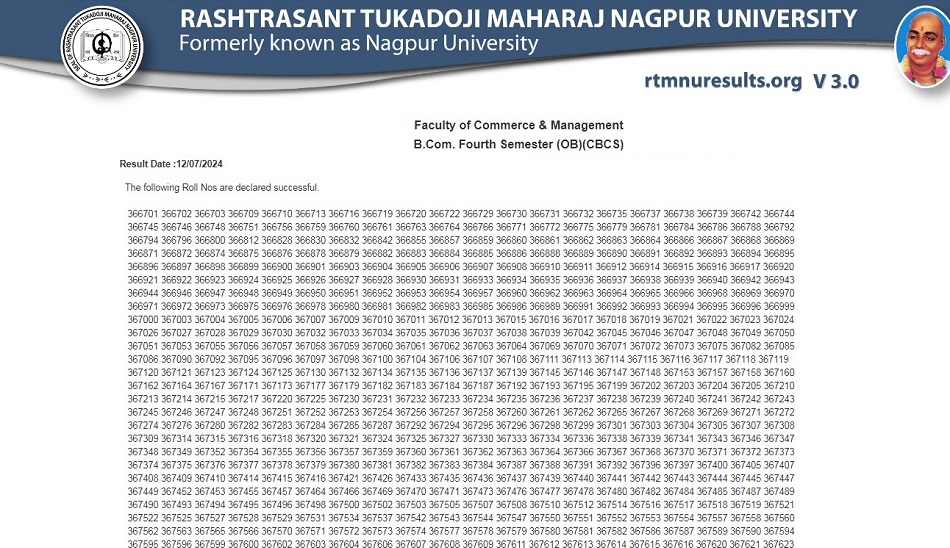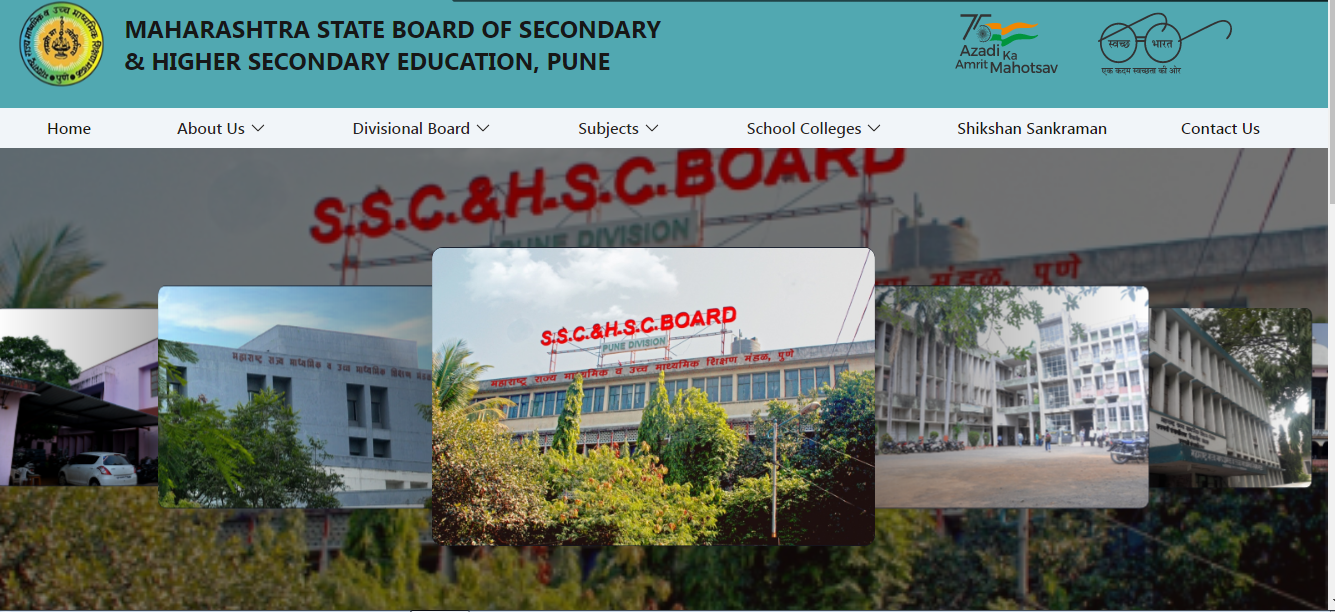RTMNU Revised BSc Microbiology Sem 5 Syllabus 2021
RTMNU Revised BSc Microbiology Sem 5 Syllabus 2021
RTMNU BSc Microbiology Revised Sem 5 Syllabus 2020-21 | Nagpur University B.Sc Microbiology Syllabus Part 3 | RTMNU Third Year B.Sc. Microbiology Syllabus
Nagpur University New Syllabus 2021 is available for Downloading. The latest RTMNU Revised Bsc Microbiology Sem 5 Syllabus 2021 is published by Nagpur University. The students looking for this syllabus can Download the PDF Syllabus from given respective Links. We keep adding More details about this Syllabus on this page. We given below the Details updated new syllabus. Students of RTMNU are requested to go though the detail syllabus. You can also download the PDF of syllabus from given link. For More updates keep visiting us.
RTM Nagpur University Revised B.Sc Microbiology Sem 5 Syllabus 2021 -RTM Nagpur University B.Sc Microbiology Fifth Semester New Revised Syllabus is given below for Downloading. The students can Download the respective Syllabus from following given details. Just go through the given links & read the given syllabus carefully. Nagpur University Third Year New Semester Online Detail syllabus given below.
Syllabus B.Sc. Part- III Microbiology
PAPER I MEDICAL MICROBIOLOGY
Unit-I Epidemiology and host–parasite relationship.
1. Definitions:
i. Signs, symptoms and syndrome of disease, stages of infectious diseases-incubation period, prodromal phase,
Invasive phase, decline phase and the period of convalescence, primary infection, secondary infection, acute infection, chronic infection local and systemic infection, iatrogenic infection, nosocomial infection, congenital infection, teratogenic infection, fulminating infection, atypical infection, latent infection
ii. Bacteremia, septicaemia, pyamia, toxemia, Viremia.
iii. Epidemic, Endemic, Pandemic, Zoonotic, Exotic, prosodemic sporadic disease.
2. Dynamics of disease transmission:
i. Causative or etiological agents[list]
ii. Sources of reservoir of infection. Exogenous Human (case and carrier) Non-living reservoir. Endogenous infections
iii. Portal of exit
iv. Mode of transmission-Contact, Vehicle, Vector, Air-borne, trans placental and laboratory/hospital infections.
v. Portal of entry.
vi. Susceptibility of host.
3. Control of communicable diseases:
Control of sources, blocking the channels of transmission, protecting the susceptible host.
Unit-II Infectious Microbiology and Normal Flora
1. Microbial mechanism of Pathogenicity: pathogenicity and virulence, exaltation and attenuation, MID, MLD, ID
50, LD50.
i. Invasiveness:-adherence,capsule,enzymes.
ii. Toxigenicity:-Exotoxins and Endotoxins.
2. Normal flora of healthy human host:
i. Definition, origin, significance, Germ free and Gnotobiotic life.
ii. Characteristics of normal flora
3. Infectious microbiology:
Microbial diseases of skin, eye, digestive, respiratory, cardiovascular, lymphatic, urinary, reproductive and
nervous systems. (Outline of structure of each system and lists of infectious diseases affecting the particular system).
Unit- III Study of pathogenic organisms Morphology, cultural characteristics, biochemical characteristics, pathogenesis, serology, lab diagnosis
1. Bacteria
i. Escherichia coli
ii. Staphylococcus aureus
iii. Salmonella typhi and paratyphi A&B
iv. Mycobacterium tuberculosis.
v. Spirochetes-Treponema pallidum
2. Viruses
i. HIV
ii. Hepatitis A&B
3. Protozoa
i. Plasmodium vivax
Unit-IV Disease control
1. Basic mechanism of action of drugs.
i. Bacterial cell wall synthesis inhibitor; Penicillin
ii. Bacterial protein synthesis inhibitor: Chloramphenicol
iii. Bacterial DNA synthesis inhibitor: Nalidixic acid, Floxacin
iv. Anti metabolites: Trimethoprime, sulfamethoxazole.
2. Non automated and automated in vitro drug susceptibility testing- Kirby-Bauer disc diffusion method and E-strip
method.
3. Various mechanisms of development of drug resistance
PAPER II MOLECULAR BIOLOGY AND BIOINSTRUMENTATION
Unit-I Gene mutation and regulation.
1. Concept of gene, muton, recon, cistron, mono cistronic and polycistronic gene, gene within gene, spit gene.
2. Gene regulation: lac operon(detail)
3. Mutation: Definition, random vs directed mutation, type of mutation, base pair substitution, frame shift, point, nonsense, missense, and silent mutation.
4. Genetic suppression: Intergenic and Intragenic.
5. Molecular basis of mutation: Mechanism of spontaneous and induced mutation.
Unit-II Genetic recombination:
1. Definition, Basic concept of recombination
2. General types of recombination.
3. Transformation.
4. Conjugation
5. Transductions
6. Transposable genetic elements (Prokaryotic)
Unit- III Bioinstrumentation-I (Principles and applications)
1. Spectroscopy: Laws of absorption, limitations of Beer law, UV-Visible spectroscopy and its applications.
2. Centrifugation: Type of centrifuge, analytical and differential centrifugation.
3. Electrophoresis: Principle, agarose gel electrophoresis and SDS- PAGE.
4. Factors affecting electrophoresis mobility
Unit-IV Bioinstrumentation-II (Principles and applications)
1. Chromatography: Thin layer chromatography, ion exchange, gel filtration
2. Isotope tracer technique: Method and applications.
3. Detection and measurement of radioactive isotope: GM counter, scintillation counter.
RTMNU Revised BSc Microbiology Sem 5 Syllabus 2021
PRACTICAL
- General guidelines for safety in microbiology laboratory, possible laboratory hazards, safety precautions and disposal of laboratory waste and ethics in microbiology.
- Agarose gel electrophoresis (Major)
- Calibration of spectrophotometer
- Estimation of creatinine by spectrophotometric method (Major)
- Perform gel filtration (Major)
- Perform paper chromatography of amino acids and sugars
- Perform TLC of amino acids and sugars (Major)
- Identification of bacteria: E.coli, S.aureus, Salmonella, Proteus vulgaris (Major)
- Antibiotic sensitivity test by Kirby-Bauer method and E strip method
- MIC of antibiotic by well diffusion method/dilution method (Major)
- Antigen Preparation: O & H antigen preparation of Salmonella and Confirmation by slide agglutination
- Acid fast staining of M. tuberculosis
Books Recommended For RTMNU Revised BSc Microbiology Sem 5 Syllabus 2021
1. Tortora, G.J., Funke, B.R., Case, C.L, 1992. Microbiology: An introduction 5th Edition, Benjamin Pub. Co. NY
2. Roitt, P.I: Mims, C.J. Medical Microbiology
3. Chakraborty, P., 2003 A textbook of Microbiology, 2nd Edition New Central Book Agency, India.
4. Medical Microbiology edited by Samuel Baron. Fourth edition. (University of Texas Medical Branch of Galvesion)
5. Sherris, John C, Ed, Medical Microbiology: an Introduction to infectious diseases. Elsevier Publication IInd edition.
6. Virulence mechanisms of bacterial pathogens (Second edition) by Roth, Bolin, Brogden Minion and Michael.
7. Ganti, A. Sastry.1975. Veterinary Pathology. Seventh Edition. Revised by P. Rama Rao.
8. Davis B.D., Delbacco, 1990 Microbiology 4th edition, J.B. Lippincott Co. NY
9. Wolfgang K. Joklik, 1992, Zinsser Microbiology 20th Edition, McGraw-Hill Professional Publishing.
10. Dey, N.C and Dey, TK. 1988, Medical Bacteriology, Allied Agency, Calcutta, 17 Edition
11. Ananthnarayana, R. and C.E, Jayaram Panikar, 1996 Text book of microbiology, 5th edition, Orient Longman.
12. Park and Park, Preventive and Social medicine. 2013, Publisher: Banarsidas Bhanot, Jabalpur
13. David Greenwood, 1995, Antimicrobial Chemotherapy, 3rd Edition,Oxford University Press.
14. Franklin, T.J and Snow, G. A. 2012, Biochemistry of Antimicrobial Action. Springer Science & Business Media
15. Mukherjee, K.L 1988 Medical Laboratory Technology, Vol III, 10th Edition, Tata Mc. Graw-Hill Pub Co
16. Bruce A. (2008), Molecular Biology of the Cell, 5th Edn. Publisher: Garland Science, New York.
17. David Freidfelder, (1987).Molecular Biology, 2ndEdn. Jones & Bartlett Pub.
18. Gardner, Simmons, Snustad. (2006), Principles of Genetics, 8thEdn.John Wiley & Sons. Inc. New York.
19. Gunther S. Stent, (1978), Molecular Genetics: An Introductory Narrative, 2 Edn. W.H.Freeman& Co.
20. Hayes, W. (1964), The Genetics of Bacteria and their Viruses, CBS Pub. New Delhi. James D. Watson, Tania A. Baker, Stephen P. Bell, Alexander Gann, Michael
21. Levine, Richard Losick, (2013 ), Molecular Biology of the Gene, 7 Edn. Pearson Publishers.
22. Jocelyn E. Krebs, Elliott S. Goldstein, Stephen T. Kilpatrick, (2012) Lewin’s GENES XI , 11th Edn. Jones & Bartlett Learning
23. Lodish H. et al. (2012), Molecular Cell Biology, 7th Edn. W. H. Freeman & Company. New York.
24. Primrose, S. B. (2002).Principles of Gene Manipulation 6th Edn. Oxford: Blackwell Scientific Publications
25. Russel Peter. (2009), iGenetics: A Molecular Approach, 3rd Edn. Publisher BenjaminCummings
26. Russel, Peter, (1990), Essential Genetics, 7th Edn. Blackwell Science Pub.
27. Strickberger, M.W. (1985), Genetics, 3rd Edition Macmillan Pub. Co. NY


